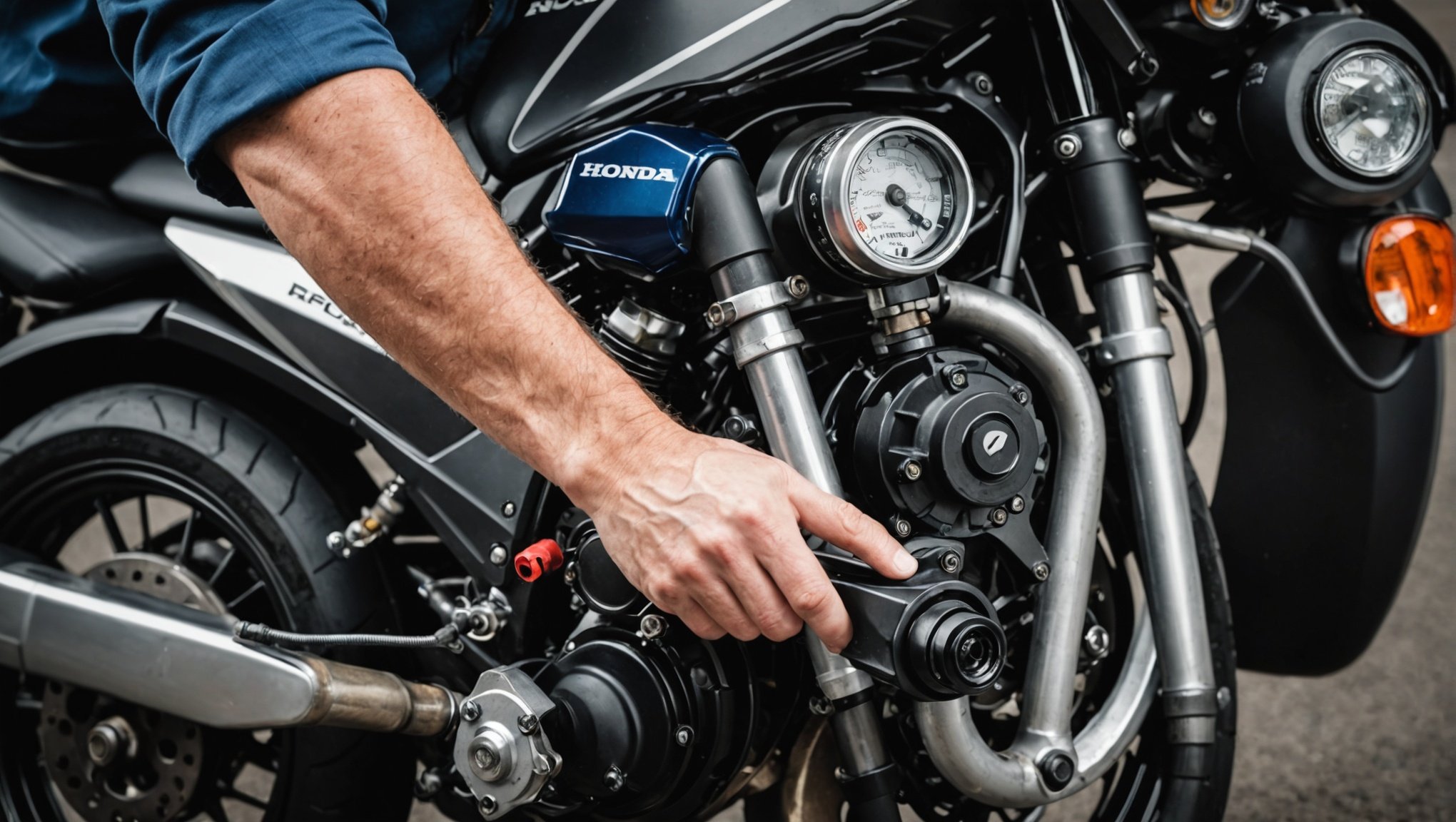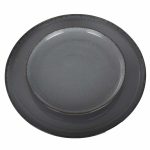Brake fluid maintenance is essential for ensuring the safe operation of your Honda NC750X. A well-maintained brake system enhances performance and guarantees your ride is as smooth as possible. This guide offers a detailed, step-by-step approach to checking and refilling your brake fluid, empowering you to take control of your motorcycle’s maintenance. With clear instructions and practical tips, you’ll feel confident in keeping your bike in optimal condition. Let’s get started!
Importance of Brake Fluid Maintenance
Brake fluid maintenance is crucial for ensuring the brake system safety of any vehicle, including the Honda NC750X. This fluid acts as a medium to transfer force from the brake pedal to the brake pads, enabling the vehicle to stop effectively. Without proper maintenance, the performance of the braking system can be severely compromised, leading to potential safety hazards.
Have you seen this : Can I convert the lighting system of my Yamaha XTZ 125 to solar energy?
Neglecting brake fluid maintenance can result in moisture accumulation within the system. This can cause the fluid to boil under high temperatures, reducing braking efficiency. In extreme cases, it might even lead to complete brake failure, posing a significant risk to the rider and others on the road.
Regular inspection and replacement of brake fluid offer numerous benefits. For the Honda NC750X, this ensures that the brake system remains responsive and reliable. Regular maintenance helps in preventing corrosion of brake components, thereby extending their lifespan and maintaining optimal performance.
In parallel : How do I troubleshoot a flooded engine in a Suzuki SV650?
In summary, keeping a vigilant eye on brake fluid maintenance not only enhances safety but also ensures the longevity of the brake system. For Honda NC750X riders, this is a critical aspect of vehicle upkeep that should never be overlooked.
Tools and Materials Required
Properly maintaining the brake fluid in your Honda NC750X requires a specific set of tools and materials to ensure safety and efficiency. To begin, you’ll need a few essential brake fluid tools. These include a brake bleeder kit, which is crucial for removing air bubbles from the system, and a turkey baster or syringe to carefully extract old fluid. A funnel will also be useful for refilling without spillage.
When it comes to maintenance supplies, selecting the right brake fluid is paramount. For the Honda NC750X, DOT 4 brake fluid is typically recommended due to its high boiling point and compatibility with the vehicle’s braking system. Brands like Castrol and Prestone are often suggested for their reliability and performance.
The importance of using quality materials cannot be overstated. High-grade brake fluid ensures the integrity of the braking system by preventing corrosion and maintaining optimal performance. Cutting corners with subpar materials might save money initially, but it can lead to costly repairs and compromised safety in the long run. Always prioritise quality to keep your Honda NC750X running smoothly and safely.
Step-by-Step Guide to Checking Brake Fluid Levels
Proper Honda NC750X maintenance involves routine checks, including brake fluid inspections. Ensuring your brake fluid levels are correct is essential for optimal performance.
Locating the Brake Fluid Reservoir
To begin with, you must locate the brake fluid reservoir. For the Honda NC750X, this is typically found near the handlebar, often marked with a clear label. Gently clean the area around the reservoir cap to prevent any dirt from entering during the inspection.
Inspecting Fluid Levels
Once the reservoir is located, it’s time for the fluid inspection. Carefully remove the cap and check the fluid level against the markers on the reservoir. The fluid should be within the minimum and maximum lines. If it falls below the minimum, it’s crucial to top it up with the recommended DOT 4 brake fluid to maintain safety.
Assessing Fluid Condition
Beyond merely checking the levels, assessing the fluid condition is vital. The brake fluid should be clear or slightly amber. If you notice any signs of contamination, such as cloudiness or a dark colour, it indicates degradation. In such cases, a complete fluid replacement is necessary to ensure the braking system functions efficiently.
Step-by-Step Guide to Refilling Brake Fluid
Proper fluid replacement is crucial for maintaining the Honda NC750X’s braking performance. Follow these steps to ensure a safe and efficient refilling process.
Selecting the Right Brake Fluid
Choosing the correct brake fluid is essential. For the Honda NC750X, DOT 4 brake fluid is recommended due to its high boiling point and compatibility. Ensure the fluid is from a reputable brand to maintain system integrity. Avoid mixing different types of fluid, as this can degrade performance.
Refilling Process
Begin by safely positioning your Honda NC750X on a stable surface. Locate the brake fluid reservoir and clean the surrounding area to prevent contamination. Carefully remove the reservoir cap. Using a funnel, slowly add the new brake fluid until it reaches the maximum line. Be cautious to avoid overfilling, which can cause spillage and damage.
Bleeding the Brake System
After refilling, bleeding the brake system is necessary to remove air bubbles. Attach a brake bleeder kit to the bleeder valve on the brake caliper. Open the valve and gently squeeze the brake lever. This allows air to escape. Continue until only fluid flows through the tube. Close the valve securely to complete the process. This ensures optimal brake performance and safety.
Safety Precautions and Best Practices
Ensuring brake fluid safety is paramount when maintaining your Honda NC750X. Adhering to specific maintenance tips can prevent accidents and enhance the lifespan of your vehicle’s braking system.
Personal Protective Equipment (PPE)
Always wear appropriate PPE when handling brake fluid. This includes gloves and goggles to protect your skin and eyes from the corrosive nature of brake fluid. Wearing long sleeves and pants can further protect against spills or splashes.
Proper Disposal of Old Brake Fluid
Disposing of old brake fluid correctly is crucial for environmental safety. Never pour it down drains or into the soil. Instead, take it to a local recycling centre or hazardous waste facility. Many automotive shops offer disposal services, ensuring the fluid is handled responsibly.
Maintaining a Clean Workspace
A clean workspace is essential for effective maintenance. Before beginning, clear the area of unnecessary tools or debris to prevent contamination. Use absorbent mats to catch spills and have cleaning materials ready to address any accidents promptly. This not only ensures brake fluid safety but also keeps your Honda NC750X in optimal condition.
Troubleshooting Common Brake Fluid Issues
When it comes to maintaining your Honda NC750X, understanding potential brake fluid issues is crucial. Identifying and addressing these problems promptly can prevent more severe damage and ensure your safety.
Identifying Signs of Brake Fluid Leaks
One of the most common brake fluid issues is leakage. Symptoms of a leak include a soft or spongy brake pedal, decreased braking performance, and visible fluid around the wheels or under the vehicle. If you notice any of these signs, it’s essential to inspect the system immediately. Leaks can occur due to worn seals or damaged hoses, which require prompt attention.
Understanding Implications of Air in the Brake Lines
Air in the brake lines is another critical issue that can compromise braking efficiency. It often results in a soft brake pedal, requiring more force to stop the vehicle. This occurs when air enters the system during maintenance or through leaks. Bleeding the brake system is crucial to remove air and restore optimal performance.
Recommendations for Addressing Common Problems
To address common brake fluid issues, regular inspection and maintenance are key. Ensure all components are in good condition and replace any worn parts promptly. Regularly check the fluid level and condition, and bleed the system as needed to maintain safety and performance.
















